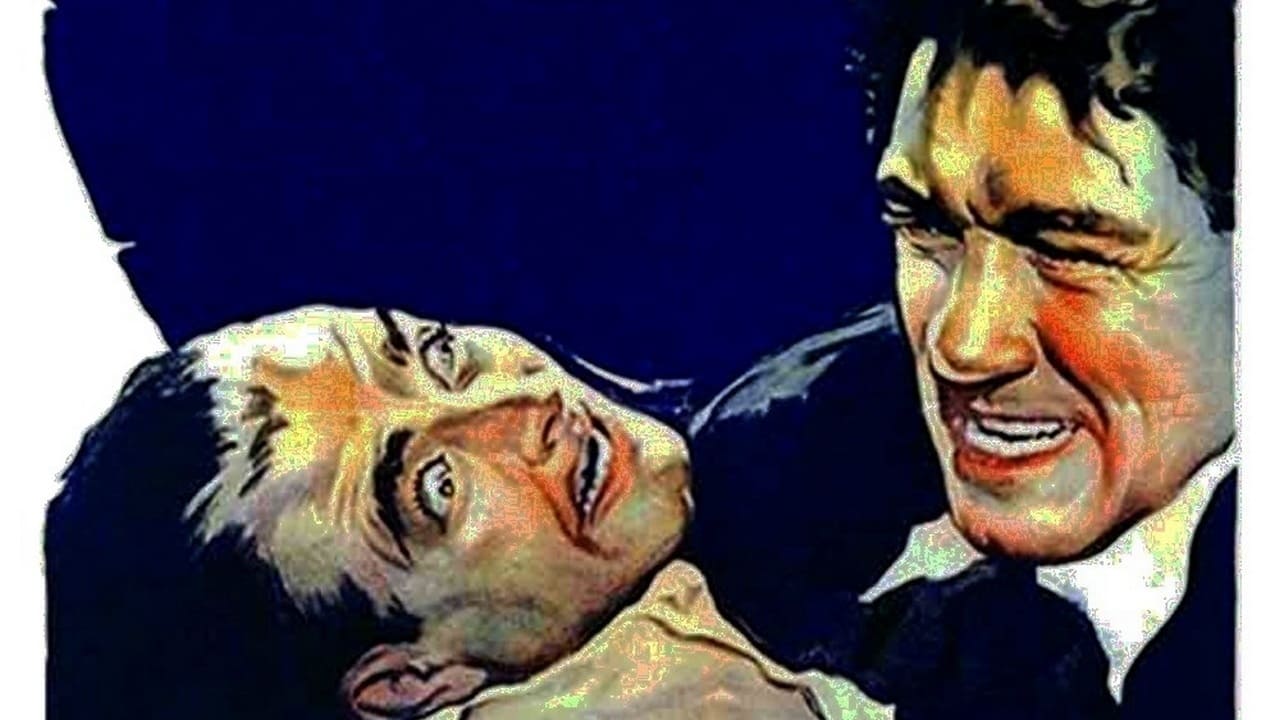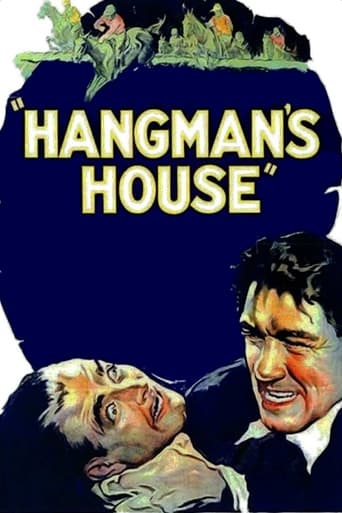

That was an excellent one.
... View MoreA Brilliant Conflict
... View MoreEasily the biggest piece of Right wing non sense propaganda I ever saw.
... View MoreThis is a dark and sometimes deeply uncomfortable drama
... View MoreI rented this at Netflix to see John Wayne in his earliest credited role, and there he is and in more than one scene, too, at the races. They had to kind of bury him with a family and friends and put him in the back of a wagon, until it was time to tear down the fence, in order to tone down this extra's height, good looks, and enthusiasm! Otherwise, he would have taken over the whole scene. No wonder Ford was interested in him.In addition to Wayne, though, I was surprised to see how good this movie is overall, even today. It has some of the 1920s melodramatic touches and rather silly (from today's perspective) plot devices, but that is more than outweighed by John Ford's film shots of the Irish countryside and its people.I swear Ford took some of the "Irish" shots out of this and set them into "The Quiet Man," in color and with sound; for example, the buggies with the men and women in the side seats are just shown in passing in "Hangman's House," but of course Ford makes them a prominent plot device in "The Quiet Man." There is actually more loving detail of upper class Irish life in "House," including some spectacular sets of houses and the waterways, than in "Quiet Man." Listen to the music in the race scene in "House": it's a version of the same tune that Michaleen starts in the last sequences of "The Quiet Man," when Wayne goes down to the train station to fetch O'Hara home. I always wondered why Ford featured that so prominently.Ford also used some very imaginative camera setups, including having some of the horses in the race come straight at the camera and then jump over it, as well watching the old hanging judge suffering torments of conscience...with the camera filming him from the back of the fireplace, through the flames! Victor McLaglen dominates the film, too. It's quite a revelation for someone who has just seen him in "The Quiet Man,"and seeing his performance in "House" enhances the whole fight scene at the end of "The Quiet Man."All in all, this excellent movie complements "The Quiet Man" quite well.
... View MoreHangman's House is one of a number of sentimental slices of rural European life to come out of Fox Studios in the late-silent era. This time round the focus is on dear old Ireland, and so who better to produce and direct than renowned blarney-merchant John Ford? Ford's approach to this one is very uncluttered, in that there are none of the improvised comedy diversions that decorated (or bogged down) many of his features. This is perhaps not surprising, since the story and characters being as they are, Ford probably saw no need to inject any further twee "oirishness". Ford's directness is helpful, because the plot is a bit of a muddle as it is. It's not entirely clear whose story we are supposed to be following, as equal weight (albeit different emphasis) is given to three different arcs. Ford probably didn't regard this as a problem though – for him the main character is simply the Irish people, and he photographs each individual as if they were the protagonist.Ford's economy of expression is much in evidence. A typical Ford shot is the introductory one of Hobart Bosworth, he of the eponymous house. In the centre of the frame we see the man as he is now, elderly and frail. The portrait on the wall behind him shows us what he was, whereas the flames that underline the image hint symbolically at where he may soon end up. This is not to say Ford's shot compositions were overly complicated. For most of the picture he uses simple, delicate arrangements that focus us on the important elements. This is often achieved with soft-focus photography, which also adds to the sweet, romantic look of the images.One of the characteristics of the late-silent period is the freeing up of the camera, with pictures such as Sunrise having the lens whiz about all over the shop. By contrast Ford wisely limits himself in this respect, and there are only two significant camera moves in the whole of Hangman's House. The first is at the end of the opening scene, a version of the much-imitated pull-back-across-a-long-table shot that was originally done in 1925 Valentino vehicle The Eagle. This is mirrored towards the end with a dolly in on villainous Earle Fox. Besides these examples the camera is "invisible", in that it only moves to follow an actor or an action. Ford would maintain this pattern of camera movement throughout his career, throwing in just one or two noticeable moves per pictures to draw attention to a key moment.It's a pity the auteurists focused so much on Ford's "themes", because they draw attention away from his restrained and to-the-point command of cinematic technique. To be honest, there is far more going on on that front than there is in the story of Hangman's House, which is clichéd, unfocused and above all boring. Ford's tender shot compositions for the intimate scenes compensate for the so-so acting, and his imaginative coverage of the horse race provides us with a rousing mid-film high point. But pretty though the imagery may be, Ford's pictures of this period were not very interesting. He is one filmmaker whose style would be revitalised by the coming of sound.
... View MoreHangman's House (1928) *** (out of 4) John Ford directed this melodrama about an infamous hangman judge who's on his death bed when he asks his daughter (June Collyer) not to marry the man she loves (Larry Kent) but instead marry a man (Earle Foxe) who isn't any good but carries a certain social flame. As it turns out, this man is responsible for the suicide of a woman who just happens to have a brother (Victor McLaglen) who sets out for revenge. Once again Ford perfectly captures the mood, feel and atmosphere of the Ireland settings and makes a very fast paced film. The movie is mainly melodrama but there's an added touch of what would eventually become known as Gothic Horror. The creepy house used in the film is something you'd expect to see in a Euro Horror film as it really becomes its own vital character. The visuals are great throughout and really add to the dread of the situations and the entire cast shines in their roles. Foxe makes for a great villain with Kent a likable and sympathetic character. McLaglen steals the show as the brother who will stop at nothing to get vengeance. The finale contains some great stunts with the climax clearly being the highlight of the film. There's a scene here, which Ford would later use in The Quiet Man and we also get a clear view of a young John Wayne during one scene.
... View MoreThis early John Ford film is set in one of his favorite locales--Ireland. And, in so many ways, it looks like a Ford film--the dress, the scenery, the pacing and the loving and idyllic way it portrays the Old Country.Oddly enough, the film is highly reminiscent of the later award winning Ford film, THE INFORMER, though this time Victor McLaglen plays a brave hero and Earle Foxe plays the coward. And, also rather odd, is that there are really two male heroes in the film--as Victor is befriended by Larry Kent. Both men hate the man played by Foxe and the movie is a long buildup until the final ultimate showdown. The actual demise of this horrid man is handled very well, as it is now as you would normally expect! For a silent film, this is a well directed and acted film (without over-dramatics like some silents). Not great, but certainly one of the better examples of the era.By the way, thank you to the perceptive reviewers who noticed John Wayne as an extra at the race scene. He is clearly visible but you've really gotta look close and pay attention!
... View More